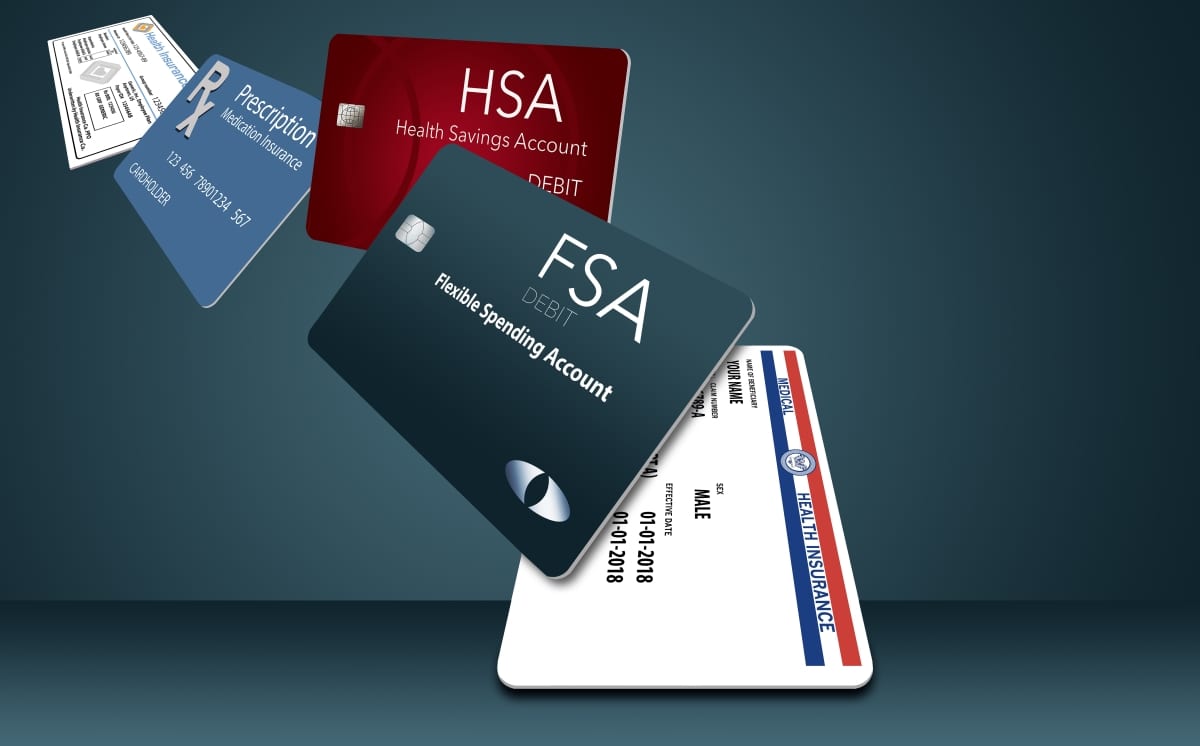Health care in the United States can be expensive, especially for individuals and families without robust insurance coverage. With rising deductibles, co-pays, and prescription costs, many Americans are turning to tax-advantaged tools to manage their out-of-pocket expenses more efficiently.
Understanding how to make the most of an HSA or FSA can significantly impact your annual budget and long-term financial strategy. While both types of accounts offer tax benefits, they operate differently and cater to specific needs and circumstances. Knowing when and how to use each account will not only help you stretch your health care dollars but also give you more control over your medical spending.
What is an HSA and how does it work?

A Health Savings Account (HSA) is a tax-advantaged savings account available to individuals enrolled in a high-deductible health plan (HDHP). The main appeal of HSAs lies in their triple tax advantage: contributions are made pre-tax, the money grows tax-free, and withdrawals for qualified medical expenses are also tax-free. This combination makes it one of the most efficient savings tools in the U.S. financial landscape.
HSAs are owned by the individual, not the employer, which means the funds stay with you even if you change jobs or retire. Unlike FSAs, the money in an HSA rolls over from year to year and can accumulate over time, allowing you to build a health care nest egg. You can even invest the funds in mutual funds or other financial products, depending on your HSA provider, turning your health account into a secondary retirement fund.
What is an FSA and how does it work?
A Flexible Spending Account (FSA) is another pre-tax benefit account that allows employees to set aside money for eligible health care expenses. Unlike an HSA, FSAs are typically offered through employers and are subject to a “use-it-or-lose-it” rule, meaning funds must generally be used within the plan year or be forfeited. Some employers offer a short grace period or allow a limited carryover, but these exceptions vary.
FSAs reduce your taxable income because the funds are deducted from your paycheck before taxes. This means you can save up to 30% or more on expenses like copayments, prescription drugs, medical devices, dental treatments, and even some over-the-counter products. The annual contribution limit for FSAs in 2025 is $3,200 per individual, though this can vary depending on the employer’s specific plan design.
Key differences between HSA and FSA accounts
Although both HSAs and FSAs help you save on medical costs through tax advantages, their differences are significant and should be carefully considered when choosing between them. The most notable distinction lies in account ownership and fund availability.
Another important difference is eligibility. HSAs require enrollment in a high-deductible health plan, making them more suitable for people comfortable with higher upfront costs in exchange for lower premiums. FSAs, on the other hand, are available to anyone whose employer offers them, regardless of the type of health plan. This makes FSAs more accessible, though less versatile in the long run.
How to maximize your HSA for short- and long-term savings
To make the most of your HSA, treat it as both a short-term and long-term investment vehicle. In the short term, use your HSA to cover out-of-pocket medical expenses, especially those that are tax-deductible like doctor visits, vision care, dental treatments, and prescriptions. Keeping track of receipts is essential if you plan to reimburse yourself later.
If you’re in a position to pay medical bills out-of-pocket, consider letting your HSA funds grow untouched. Since unused money rolls over and can be invested, your HSA becomes a powerful savings tool. Over time, the growth of your investments inside the HSA can create a sizable cushion for future health care costs, especially during retirement when medical expenses typically increase.
How to make your FSA work smarter for you
Since FSAs come with strict rules around fund usage, planning is crucial. Start by estimating your health care costs for the upcoming year. Think about recurring expenses like medications, specialist visits, or planned procedures. Use this estimate to determine how much to contribute during your employer’s open enrollment period.
Take advantage of your FSA early in the year if needed. Many plans offer the full annual amount on the first day of the plan year, even if you haven’t yet made all the payroll deductions. This can be particularly helpful for large medical expenses early in the year. However, always keep in mind the “use-it-or-lose-it” rule to avoid forfeiting funds.
Tips for managing both accounts efficiently
In some cases, it is possible to use both an HSA and a limited-purpose FSA (LPFSA), which can cover dental and vision expenses. This strategy is especially beneficial for individuals looking to preserve their HSA funds while still taking advantage of additional pre-tax savings. LPFSAs are offered by some employers specifically to complement HSAs.
To manage both accounts efficiently, you should separate your expenses based on eligibility. Use your LPFSA for vision and dental costs, reserving your HSA for broader medical expenses or long-term savings. This way, you maximize your tax savings without double-dipping or risking non-qualified withdrawals.
Common mistakes to avoid with HSA and FSA usage
One of the most frequent mistakes is underestimating or overestimating annual medical expenses. With FSAs, overestimating can lead to losing unused funds. With HSAs, undercontributing can mean missing out on valuable tax advantages and long-term growth. To avoid this, carefully review your health spending history and adjust as needed during open enrollment.
Another common issue is using funds for non-qualified expenses. HSA withdrawals for non-qualified expenses before age 65 are subject to income tax and a 20% penalty, while improper use of FSA funds can lead to denial of reimbursement. Reading IRS guidelines and consulting with your benefits administrator can help you stay within legal boundaries
Why these accounts matter in your broader financial plan
HSAs and FSAs don’t just help with budgeting—they can serve as foundational tools in your overall financial strategy. By reducing taxable income, allowing strategic spending, and offering long-term investment opportunities, these accounts can support both everyday expenses and future needs. When used wisely, they can significantly improve financial security.
For those planning for retirement, an HSA can be particularly valuable. Health care costs in retirement are often unpredictable and high. A well-funded, invested HSA can offer a cushion that reduces the need to tap into other retirement accounts for medical costs, thereby preserving your savings longer.
In the context of economic uncertainty, inflation, and rising health care costs, leveraging every available tax-advantaged tool becomes even more important. HSAs and FSAs give you options—options that can make a real difference in how far your money goes, both today and for years to come.



